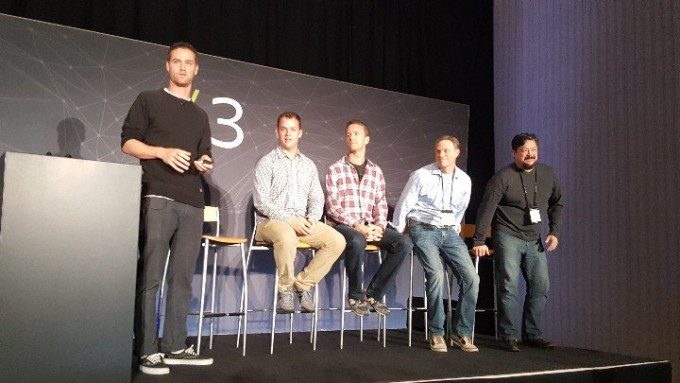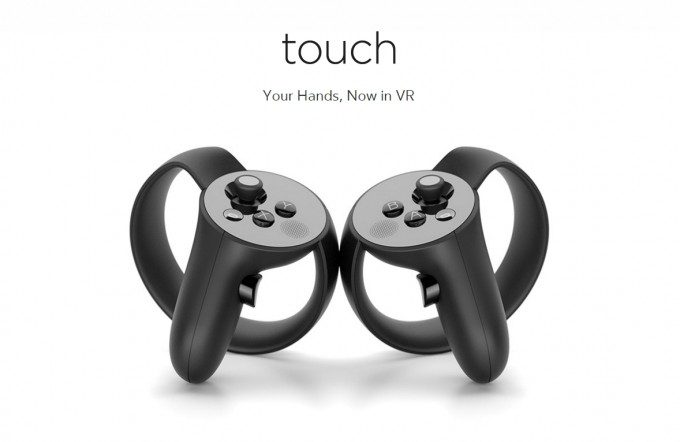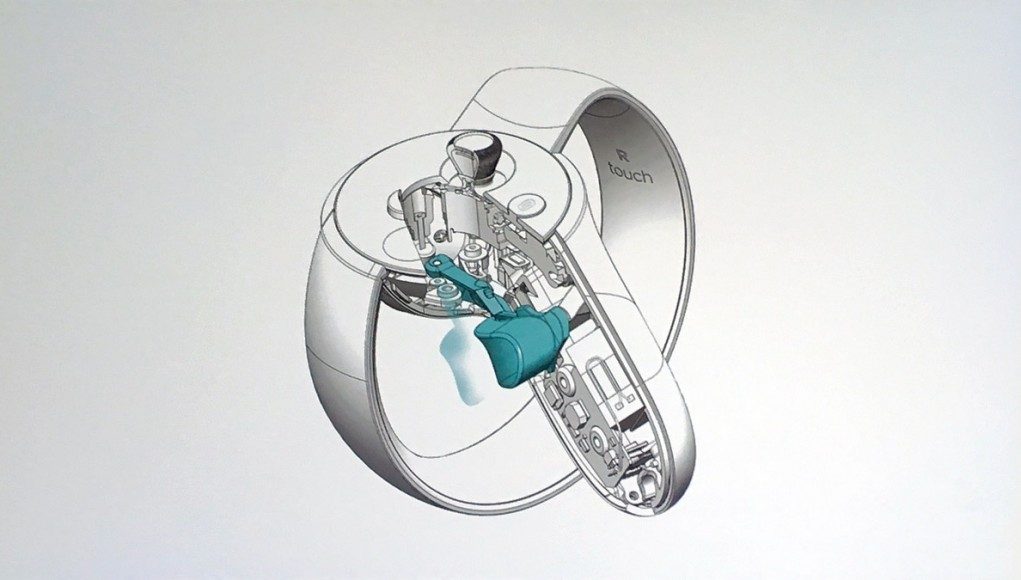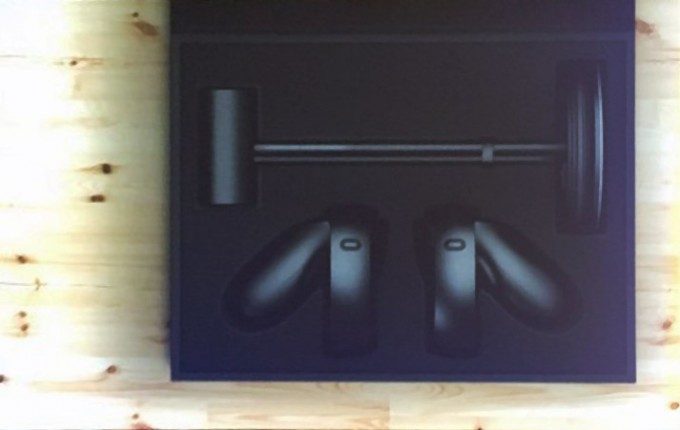At a session breaking down the design of Touch during Oculus Connect, designers of the controller explored the choices that drove the form and functionality of the device.
Oculus Touch finally has an official launch date of December 6th and will begin pre-orders on Monday. Now that the design has been finalized after many engineering sample revisions seen over the last several months, the design team is talking about how the controller came to be.
Among the interesting info shared during a presentation at Oculus Connect, Touch Lead Electrical Engineer Jason Higgins said that the controller’s battery life had been optimized throughout the development cycle to the tune of a 40% improvement over the original ‘Half Moon’ prototype that was first revealed back in 2015. That improvement allows the controllers to run up to 30 hours on a single AA battery without haptics or up to around 20 hours with haptics, Higgins said.

And yes, it was confirmed that the final version of Touch will be powered by a removable AA battery that stows in the handle of the controller under a magnetic cover. When asked why the team chose not to go with an inbuilt rechargeable battery, Higgins said that the decision was largely driven by not wanting there to be a situation where a dead battery would prevent a player from jumping into VR right away; thus players would be able to simply swap in a new battery rather than waiting for a recharge.

Another change for the final Touch controller confirmed in the talk was the removal of internal magnets from a prior engineering sample. Previously the magnets had been added as a way to clip the controllers together for elegant storage as they sat out of use. However, players would sometimes feel the pull of the magnets when the controllers were near to each other, and ultimately the designers said they wanted to optimize for the experience during use rather than the storage use-case. So out went the magnets.
Also during the talk was the demonstration of a new pinch gesture that we hadn’t seen before. Through a series of capacitive sensors, Touch can understand some particular poses of the player’s hand, like a ‘thumbs up’, or a pointed index finger. Now with the capacitive pad on the face of the controller, users can form a pinch pose (that looks like an ‘OK’ gesture) by putting their thumb on the face-pad and pulling the trigger with their index finger. We also confirmed that the all-important ‘middle finger’ gesture could be supported by developers, but it isn’t one of the SDK’s pre-programmed gestures.
And finally, there was a glimpse of what’s likely the final box that Touch will ship in, including the extra sensor that will be included for the $199 price.
These are the highlights from the presentation but there’s more to learn about the design of Oculus Touch by reading through our liveblog of the session.








